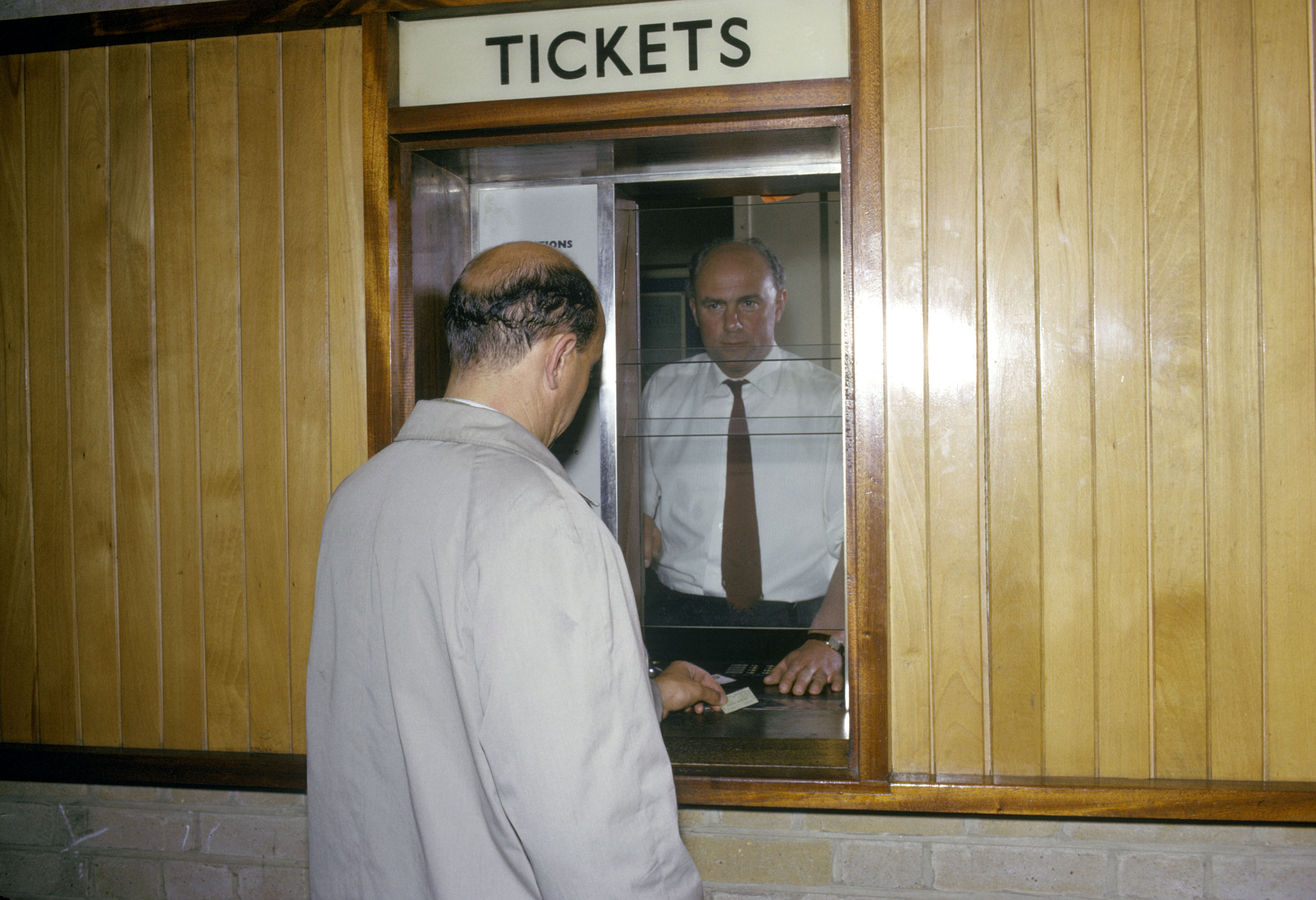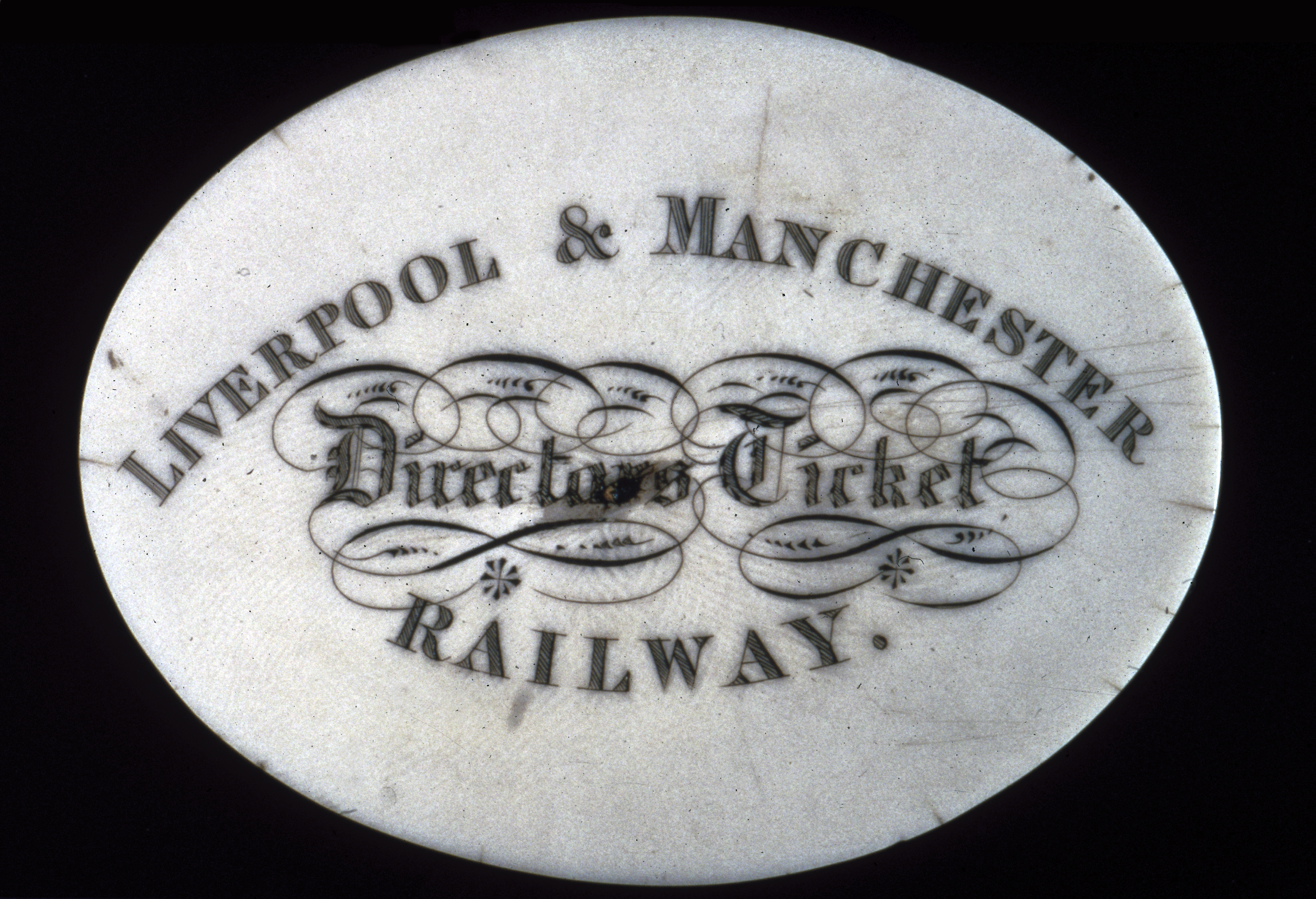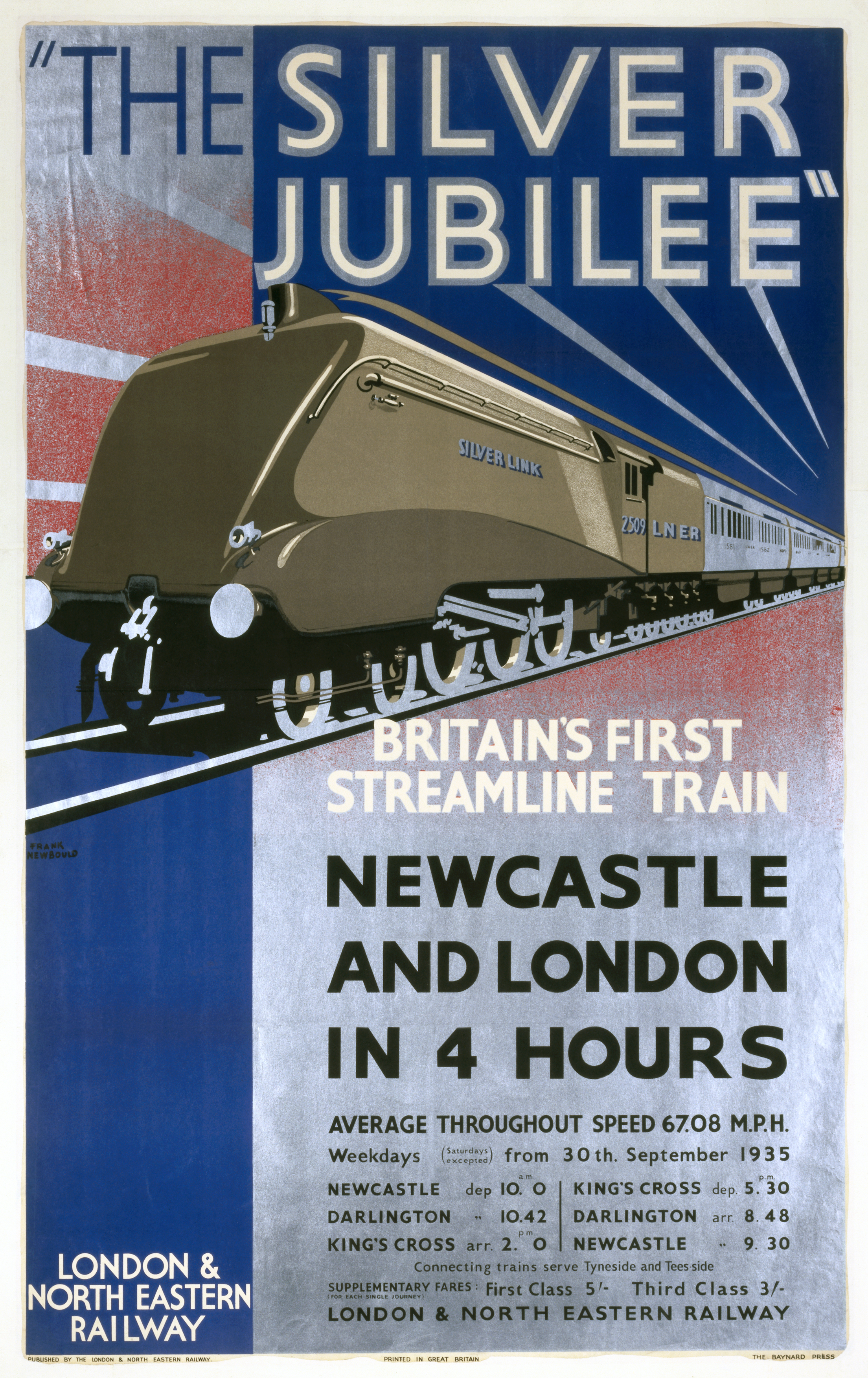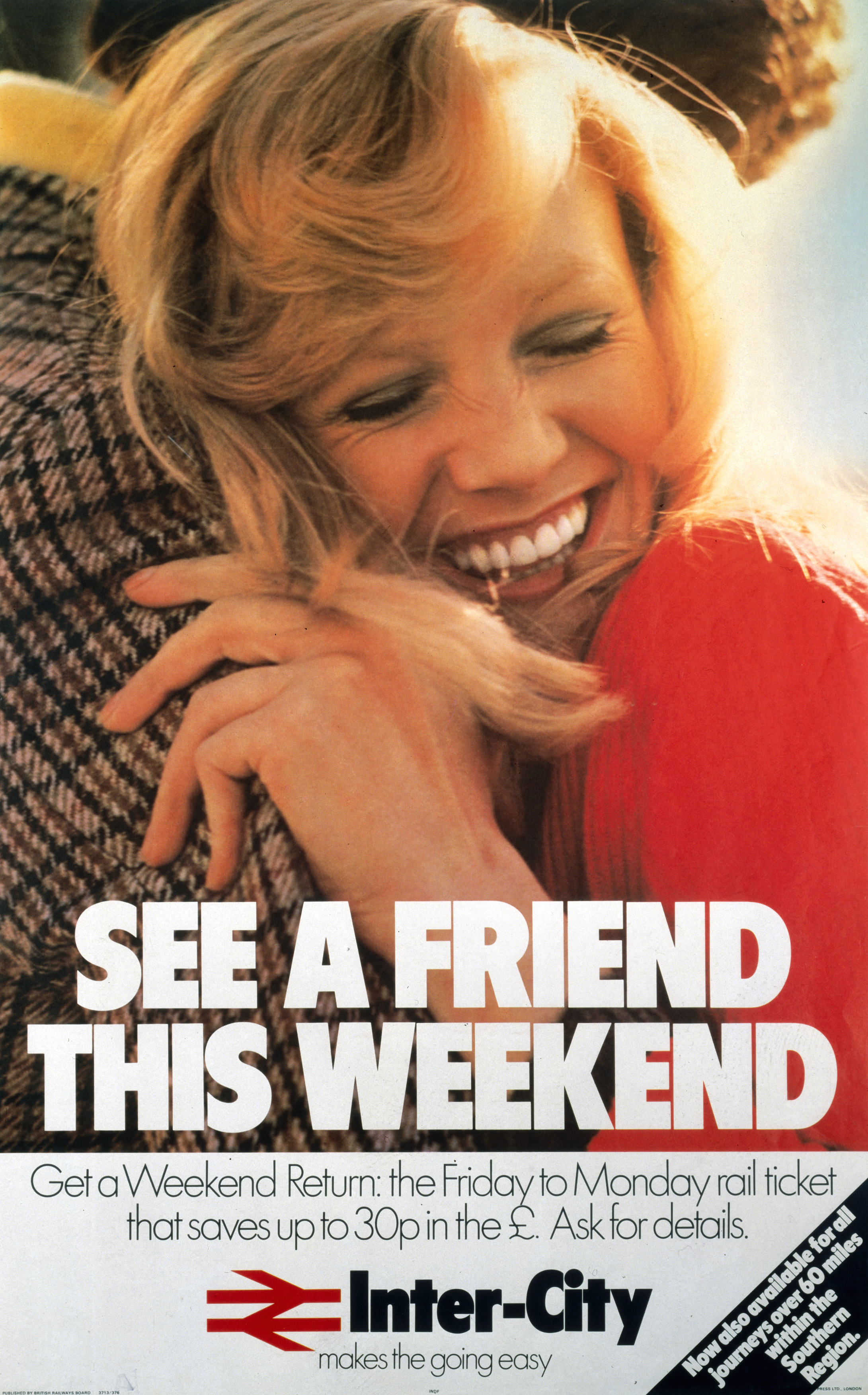In 1844 The Railway Regulation Act set the 3rd class passenger fares at 1 penny a mile and stated that passengers should be able travel in covered coaches on a least one train a day in each direction.

In 1844 The Railway Regulation Act set the third class passenger fares at 1 penny a mile and stated that passengers should be able travel in covered coaches on a least one train a day in each direction.
The railway companies railed against this imposition, arguing that poorer passengers would rather travel at cheaper fairs in open coaches. However, the law was passed and by the 1850, most passengers were afforded the luxury of a covered carriage.

In reality the standard fares of 1d a mile 3rd class and at least twice this for 1st were simply the standard walk on fare. Just like today, railway companies worked hard to create ‘cheaper’ bargain rates for season ticket holders, party travelling and summer special rates.
By the 1930’s the railways dominance of the transport market was under pressure, as private cars, buses and coaches offered a tempting alternative. Railways hit back with speed and comfort. Trains like the Silver Jubilee, charged passengers several shillings over the standard fare. However, its speed saved the cost of a night in a hotel, so was a cheaper option to passengers.

© National Railway Museum / SSPL.
In 1940’s Austerity Britain, the government raised railway fares by 40%, with the express intention of discouraging leisure travel. The railways were exhausted by war and could not cope with workers travelling, let alone pleasure seekers.
Worker or workmen’s tickets had existed on Britain’s railways since the 1840’s, as part of the 1844 act. These were cheap fares on early morning workmen’s trains. By the 1950’s they were re-named as ‘early morning returns’ and abolished completely in 1961. The term ‘workman’ having become socially unacceptable.

Modern ideas of selective pricing and market sensitive service provision were born in the 1960’s. The railways worked to ditch the past and re-invent themselves as a modern transport provider; tempting passengers with cheap day returns, away days, and supper savers.
Since 1844, Governments have played a key part in setting railway fares and considering the complex nature of the relationship between passengers, taxpayers and politicians; this is unlikely to change.
supper savers? Cheap evening fares?? Surely it’s super savers!
My mother and a number of friends travelled on a day trip to London for the Festival of Britain in the summer of 1951. Could you please let me know what the train fare would be for a return trip to London on a Saturday that year. Also train times in the morning, arriving and leaving London King Cross.
Where were they travelling from?
Where would I find the cost of a Train ticket from Wolverhampton to Southend on Sea in 1952
Hello I wonder if you can help me. I would like to know the price of a 2nd and 3rd class fare from London Paddington to Bridgend Railway Station in South Wales. My grandparents arrived in Wales this way. Many thanks Ann Richards
How much would a 3rd class fare have been from London to Birmingham in 1940
Same question for London to Glasgow
I m getting information for a novel I’m writing. THanks very much
Did you find the answer to this question. I want to know the train fare from Kings Lynn to London 1940 also for a noel
In connection with a book I am writing on my career as a third generation GER Railwayman based at Harwich I am trying to ascertain the cost of a Child day return from Parkeston to Ipswich in the 1950s. Can anyone help on this please?
HI
I am wondering how much a weekly season ticket from Northampton to London Euston cost in 2008 / 2009?
Also can I have teh cost of a day return?
Thanks
How much would a tube train ticket from Paddington to Blackfriers have cost in 1961 please?
In the 1950’s and 1960’s what was a child’s ticket called and between what ages. What discount was applied for children? I seem to recall it was half price between the ages of 5 to 15. Please help if you can. Thank you.
What was the train fare from Abergaveny to Edinburgh in 1940?
I travelled by first class sleeper from king’s Cross to Waverley on 4th of October 1976 (ONE WAY). Could you tell me what that ticket would have cost please?
Hi, I am trying to find a copy/sample of the daily record sheet for Edmonson tickets sales used in the GWR booking offices during the 1940/50’s. A PDF would be fine.
Hi there I’m trying to find out the cost of a 1st class ticket from Holyhead or Liverpool down to South coast possibly Southampton. Circa 1927.
Thank you
I have 1927 commercial travellers book of tickets with photo and name of the traveller. What could I get for it please?